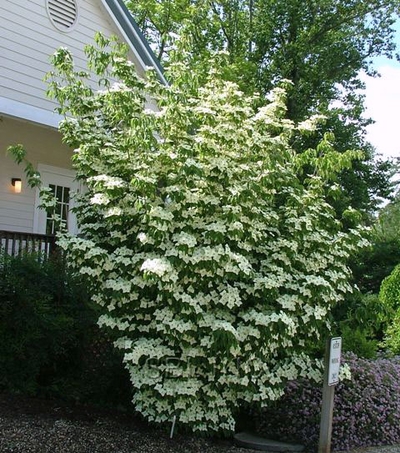
Leaves and flowers Hayato Hashimoto CC BY 2.0 Flower detail Houromono CC BY 2.0 berries Choe YongWoo CC0 leaves and flowers coniferconifer CC BY 2.0 leaves Dalgial CC BY-SA 3.0 leaves and berry David J. Tags: #deciduous #small tree #interesting bark #shrub #wildlife plant #yellow flowers #weedy #deciduous shrub #nectar plant #cover plant #gray bark #fall interest #flowering tree #showy fruits #hedges #specialized bees #multistemmed #deer resistant #foundation planting #red fruits #edible fruits #pollinator plant #naturalized area #glossy fruits #nesting sites #deciduous tree #exfoliating bark #bird friendly #winter flowers #flowers late winter #bee friendly #shrub borders #woodland garden #landscape plant sleuths course Low broad tree yellow flowers red fruits and good fall color Smaller than the species, has heavy flowering Profile Video: See this plant in the following landscape: Cultivars / Varieties: VIDEO created by Andy Pulte for “Landscape Plant Identification, Taxonomy and Morphology” a plant identification course offered by the Department of Plant Sciences, University of Tennessee. Suckering can be weedy, so promptly remove them to avoid spread. Insects, Diseases, and Other Problems: No serious insect or disease problems.

The red drupes are ellipsoid in shape and contain a stone. The undersides are a lighter green and may have tufts of reddish-brown hairs along the veins, The flowers appear as yellow clusters or umbels. The leaves are dull green on the upper surface. It can be challenging to find in the nursery trade but it is easy to transplant when young.
#Cornus mas deer full#
It prefers acidic well-drained soil in full sun to partial shade, but protection from the hot summer afternoon sun. The plant has several other common names including Japanese Cornel, Korean Cornelian Dogwood, and Chinese Cornelian Dogwood. The species name, officinalis, means "sold in shops." This references the plant's use, supposedly, as a medicine. The genus name, Cornus, is Latin from the word, cornu, which means "horn." This references the hardness of the wood. It is typically found in forests, forest margins, and mountain slopes. It has been introduced in Japan and Korea. The Japanese Cornelian Dogwood is native to North Central and Southeastern China.

The grayish-brown and exfoliating bark adds interest to a winter garden.

Red fruits appear in the fall and are attractive to birds. It has low branches with an open oval to round habit. Yellow flowers bloom in late winter to early spring before the leaves emerge. The Japanese Cornelian Dogwood is a deciduous large shrub or small tree that is picturesque and multi-stemmed. Many variables such as the animals’ experience and health status, weather, and availability of more desirable foods will determine which plants deer choose to eat.Phonetic Spelling KOR-nus oh-fiss-ih-NAH-liss Description By choosing plants less favored by deer, you might be able reduce some of the impact of browsing, but no plant will resist deer feeding under all conditions. Damage to valuable landscape plants tends to increase along with the growing population of white‐tailed deer in rural and suburban areas of Massachusetts.


 0 kommentar(er)
0 kommentar(er)
